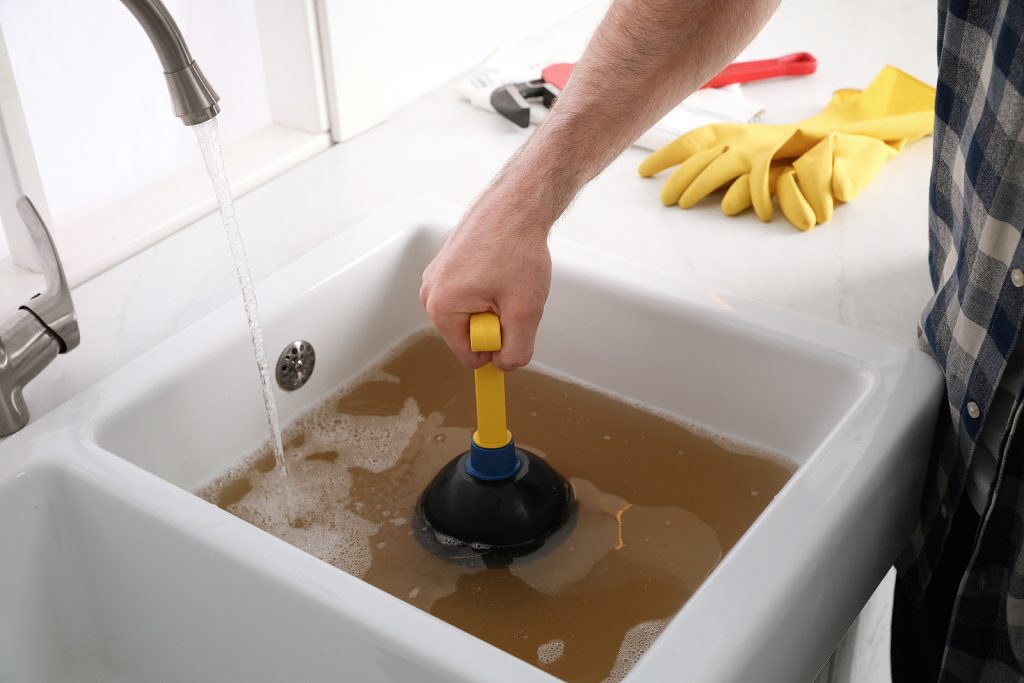Types of Plungers and When to Use Them Services
Did you know there’s a difference between plungers, and some are better for certain things than others? If you’re like most people, you probably didn’t know that. The common, red rubber plunger that usually comes to mind isn’t the best to use in all situations, and especially for clogged toilets.

Being able to unclog a drain or toilet is an essential skill, and one that can save you both time and money. Using the proper plunger for the job can make it much easier.
Types of Plungers
1. Common Sink Plunger
This is the red rubber plunger that most people think of when they think of a plunger. Usually made up of a wooden handle with a red rubber cup at the end, these plungers are actually best suited to be used on flat surfaces, like a kitchen or bathroom sink. They’re not great for plunging a toilet because they need to lay flat over the drain. They’re unable to do this in a toilet. This kind of plunger can create both positive and negative force, depending on how it’s utilized. Forcing the cup down over a drain creates positive pressure, while pulling the cup away from the drain creates negative pressure.
2. Toilet Plunger
While it might be called a toilet plunger, this type of plunger also works on most drains, as well. This plunger has a cup similar to the common plunger. The difference is that the toilet plunger also has a soft rubber flap (flange) that folds out from the cup. This type of plunger fits well over a curved toilet drain, and is able to provide the suction needed to clear a toilet clog. And while it can be used on any drain, because it’s used in a toilet, it’s best just to use it for that. Using the same plunger for both could lead to cross-contamination.
3. Accordion Plunger
This type of plunger can create a lot of force, and is made of hard plastic. The hard plastic can make it hard to use, and creating a vacuum seal over the drain can be difficult to do. It can also scratch your toilet, because of the hard plastic. It really should only be used for a toilet clog.
Tips for Effective Plunging
- Using the correct plunger is the key to your success. Use this as a guide to select the best one for your job.
- Make sure you’re always plunging straight. Plunging at an angle won’t work out well.
- Make sure you’re creating suction over the drain. Do this by slowly pushing the cup of the plunger down over the drain.
- Submerge the plumber, and make sure it stays submerged in water. Add water to the area you’re plunging if there isn’t enough.
- Maintain your plungers, and check them for damage or cracks. Replace them as needed.
- Never use a plunger after you’ve used chemicals to clear a drain. Plunging can create backsplash, and it can spread chemicals around.
Drain cleaning service in the Schererville area
If you’re trying to unclog a drain, and it’s not working, it may be time to call in the professionals. In some cases, clogs can also signal a deeper or broader plumbing issue, such as a sewer line blockage. For reliable drain cleaning service, the team to trust is Reichelt Plumbing. Schedule an appointment today by calling (219) 322-4906.




